



 (1 rate)
(1 rate)
Later this week, Google is poised to give us a closer look at its plans for virtual reality at its Google IO developer conference Mountain View, California. A number of early leaks, as well as carefully chosen remarks from executives, suggest that these go far beyond its cheap Cardboard VR viewer. But the frenzy about possible new VR hardware often overlooks another key component of Google's master plan for VR: content.
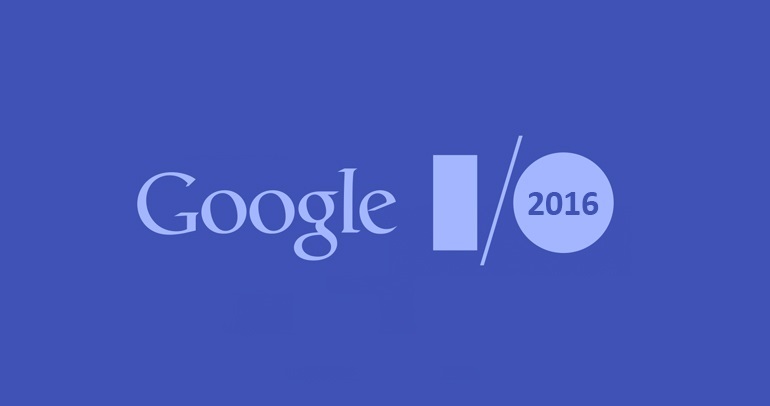
As we know that Google had launched Cardboard at its IO developer conference in 2014. The viewer, which literally consists of cardboard and a set of plastic lenses, initially looked a bit like a joke, but Google has since proven that it is dead serious about the new medium. The company struck partnerships with the New York Times and others to distribute millions of Cardboard viewers and has since built out a dedicated Google VR team that is led by seasoned executives.
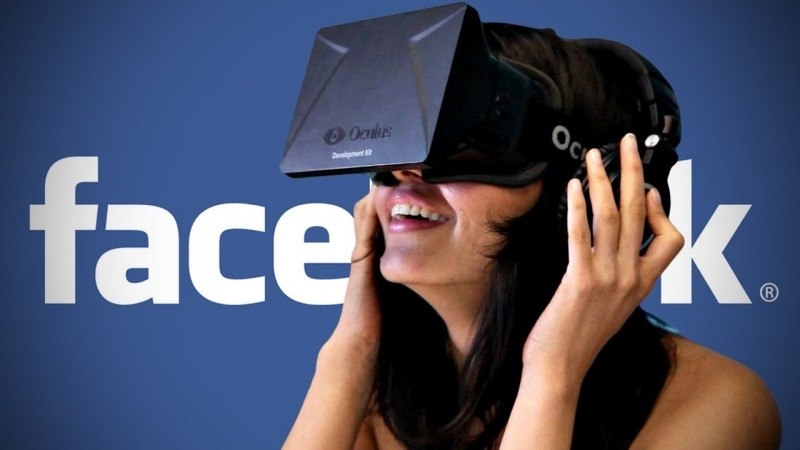
However, those executives have long hinted at plans that would go beyond Cardboard, and a series of recent leaks suggested that we may get to see what's next this week. few days ago, a placeholder for something called Android VR showed up in the Google Play developer console, which is basically an administrative backend for publishers, letting them decide which platforms and devices to make their apps available on. Some have assumed that Android VR will be a dedicated device; a standalone headset that could run without a phone. It's just as likely that it will be a new category of devices, which could include both standalone headsets as well as Gear VR-like combinations of VR-optimised phones and headsets.
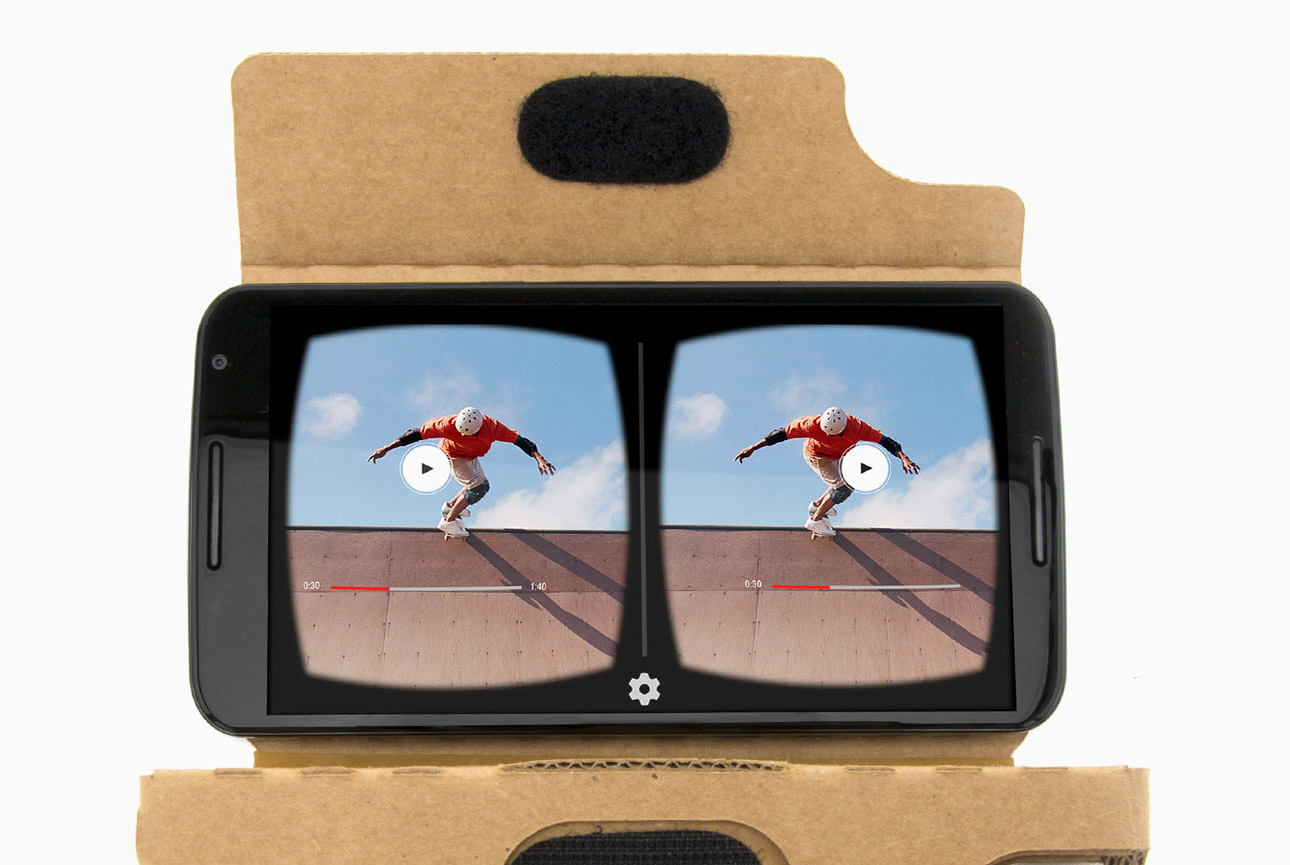
But there's another side to Google's VR plans, one that has gotten a lot less attention even though it's just as essential. The company has put a lot of energy into turning YouTube into a VR platform. Not only does YouTube already host 360° video content, its current mobile app also works with its Cardboard viewer, giving users the option to switch between regular and VR viewing with a single button for supported content. In fact, YouTube just added this functionality to its iOS app this week.
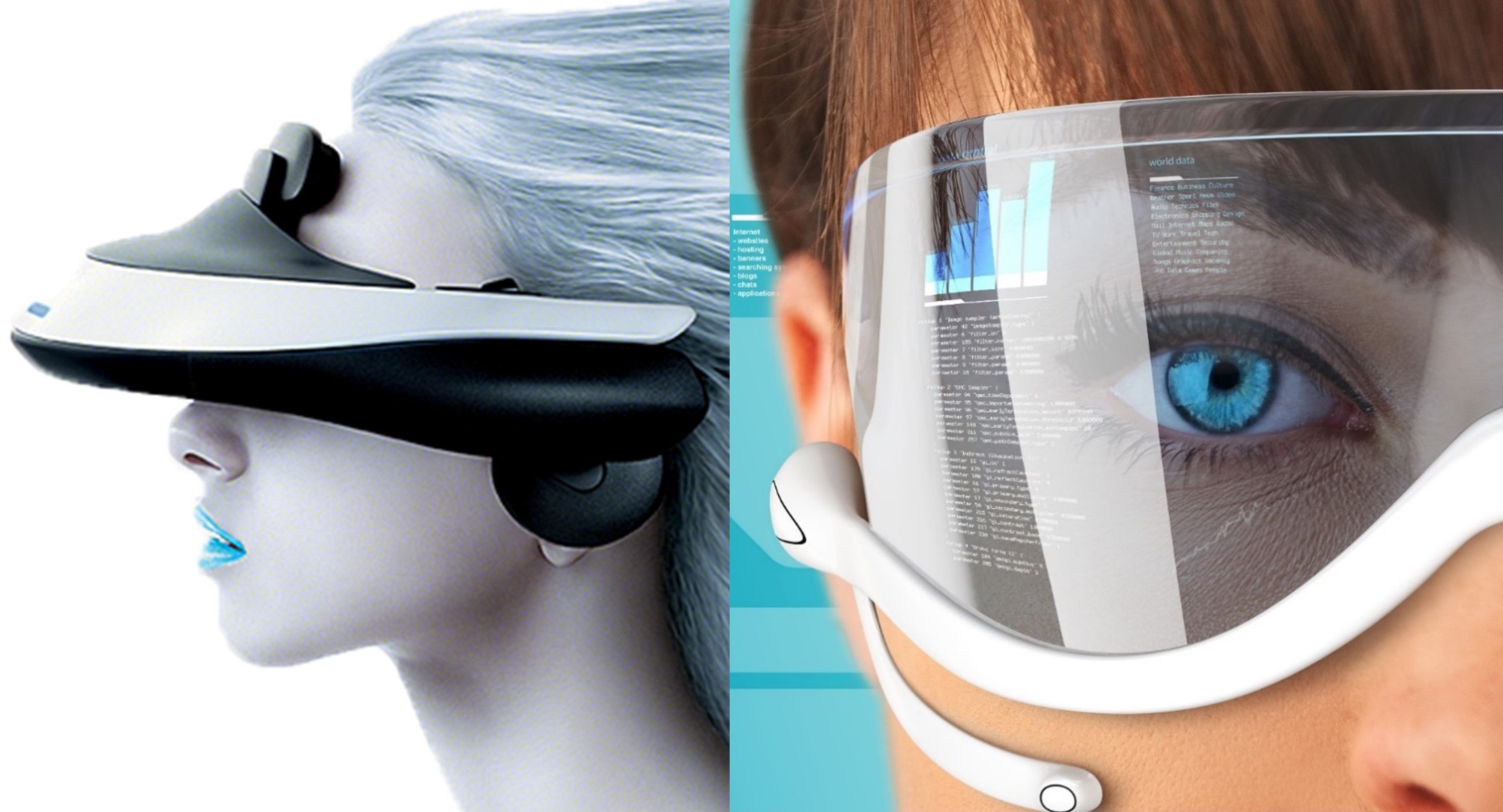
Google has also been working on a cloud-based editing and processing platform that allows publishers to upload their raw video footage from multiple cameras, and have it stitched together to one VR video on Google's servers. That platform, dubbed JUMP, has been developed in conjunction with Google's own JUMP VR camera rig, but there's no reason why Google wouldn't eventually open it up to other camera systems as well. And JUMP by default automatically uploads video to YouTube, making sure that the streaming service gets a constant supply of new content.
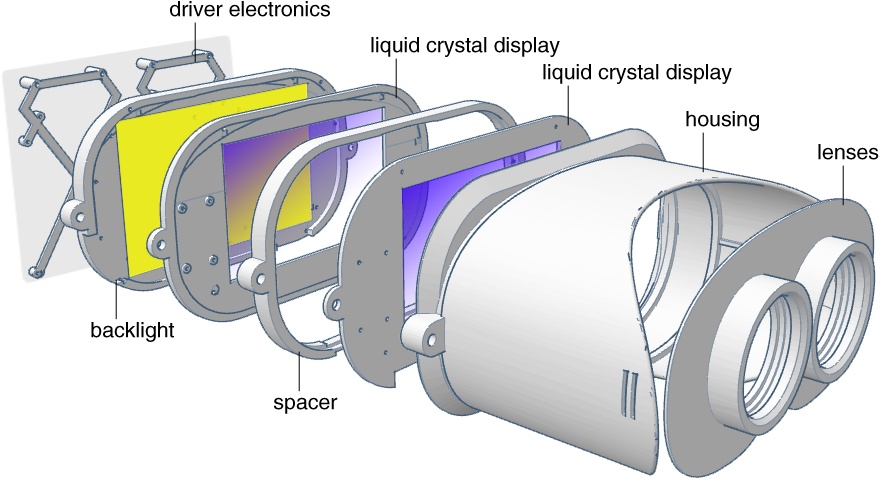
Finally, YouTube also has started to work on some of the infrastructure necessary to host VR content that goes beyond just basic 360° videos. The site started to host some of Google's Spotlight Stories, which push the envelope on 360° and mobile storytelling, as well as YouTube streaming itself. Spotlight Stories like Special Delivery from the makers of Wallace and Gromit include easter eggs that reveal themselves once a viewer looks in a certain area, pausing the rest of the action and leading to variable lengths of the overall video. "This is literally non-linear streaming," Spotlight Stories project lead Rachid El Guerrab told Variety in December.

Speaking of Spotlight Stories, Google's storytelling unit has been quietly working away with top creative talent including Fast and Furious director Justin Lin, Disney legend Glen Keane and a number of Pixar alumni. Initially, Spotlight Stories very much considered themselves as an alternative to VR, but the team has started to embrace the new medium more recently, and actually built a version of its latest story Pearl that works on the HTC Vive headset.
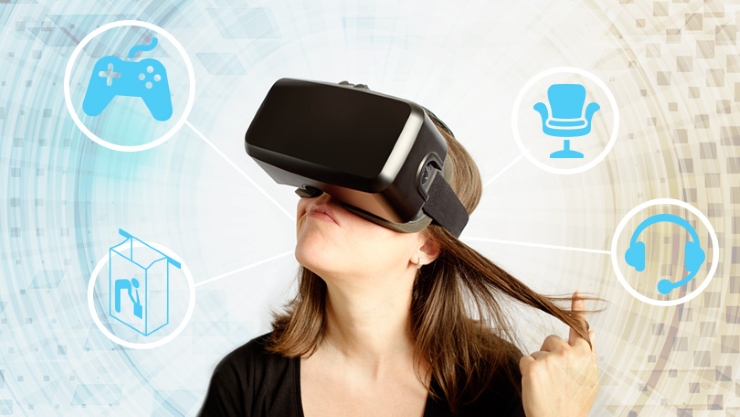
Spotlight Stories was originally launched at Motorola and then ended up at Google's ATAP R&D unit after Google's Motorola acquisition. Now, it's scheduled to be spun out of ATAP. "We are graduating," said El Guerrab in an interview with Variety last month. "We are on the road to our next thing." He didn't detail what that next thing will be, but we may hear more about the unit's fate at Google I/O this week as well. But Google's VR content ambitions don't stop with YouTube and Spotlight Stories. The company's VR unit has internally been building countless apps and games to see what works in the new medium.
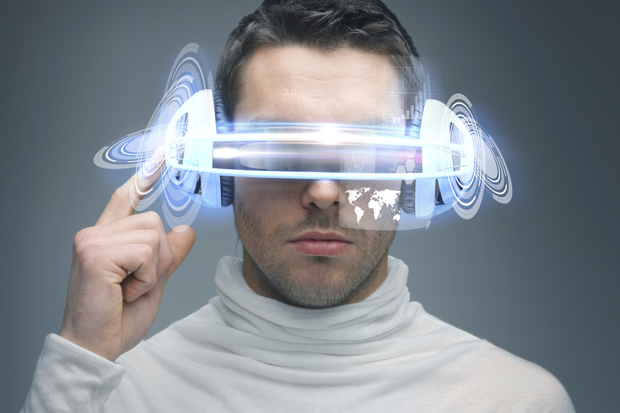
Google owns one of the most popular and engaging VR apps around Tilt Brush, kind of a 3D drawing program that allows users to sketch in space, and steps inside their own creations. Just take a look at this video of Glen Keane embracing Tilt Brush, and you get a sense of how powerful of an app it is. Tilt Brush is currently only available on the HTC Vive, but one can be sure that Google will find ways to eventually port it to its own Android VR platform as well, and likely also try to build more breakthrough VR apps like it.
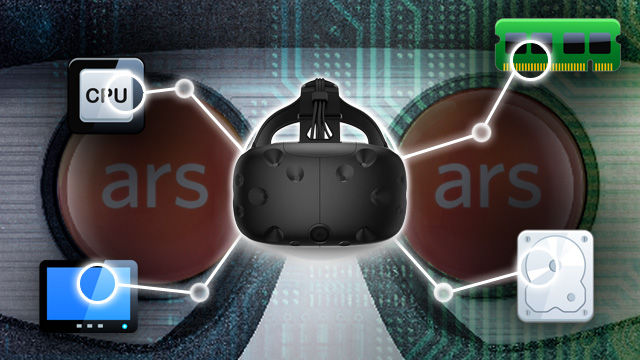
In the end, Google is going against Facebook in the VR space. Both companies want to own the platform and run the app store for VR apps and games. Facebook-owned Oculus currently makes better and much more potent hardware, but will also take longer to get it into the hands of consumers. Google, on the other hand, decided to build out its apps and infrastructure and roll out more potent hardware later.
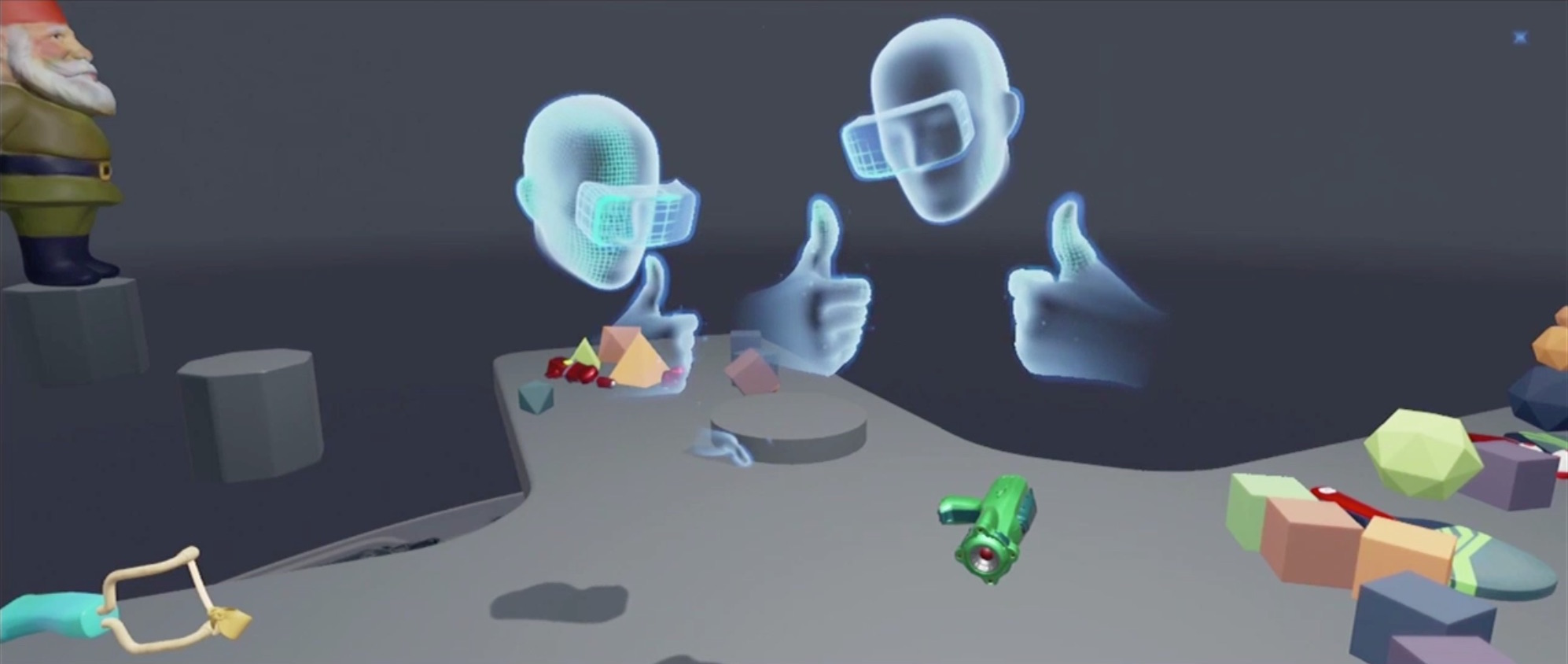
Both approaches are bold gambles on an untested new technology. But even in these early days, it has become clear that the biggest hurdle for VR will be content that gets users to come back and turn VR from a novelty to a medium. Google is clearly betting that it can win this content game.
Also Read: Google Tilt Brush Lets You Paint 3D Images In VR Space
Must Visit Our Google+ Community Page For Latest And Updated Technology Happenings Around The Globe.